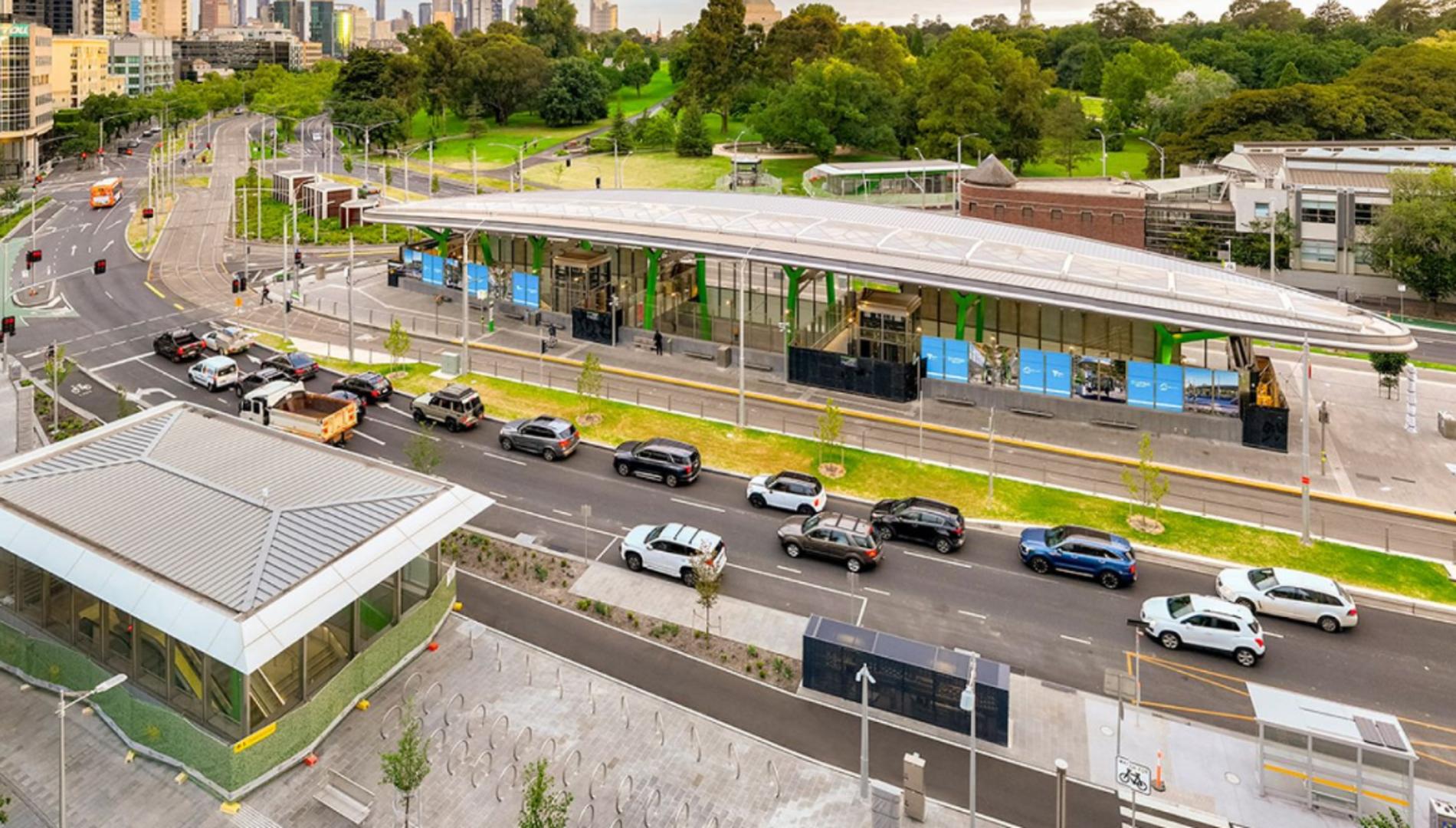Many people will have heard of microfinance programs designed to alleviate global poverty: the Grameen Bank and BRAC in Bangladesh, SEWA in India, Banco Sol in Bolivia, or Kiva, the crowd-funded, online version with cute cartoons.
Whether grassroots and run by local communities, or nationwide and run with government assistance, or part of a big international aid and development program, they deal in small or micro amounts of money and include microcredit (or more correctly microdebt), microsavings, and now money transfers and insurance programs for the poor.
They’ve been referred to as the magic bullet in the fight against poverty. Millions of people worldwide access these programs, either to simply afford basic necessitities, or to build and create their own business and livelihoods.
Whatever the reason, it introduces the poor to financial systems, the formal banking sector and, that capitalist’s favourite, paying interest.
These programs have not just become a key weapon in the fight against global poverty, but are also being used to ‘empower’ poor women as part of broader strategies to increase gender equality across the world.
But do these programs really work? Has poverty been allieviated? Have women been empowered, and how can you tell? Who benefits from the interest or profits that accumulate from these programs, and who is this really ‘empowering’?
As the Monash Sustainable Development Institute prepares to host Muhammad Yunus – the Bangladeshi social entrepreneur who won a Nobel Peace Prize for founding the Grameen Bank, the answers to these questions are hard to find.
There's some general agreement today that, globally, microfinance programs have delivered, at best, only modest economic results for the significant investment made so far.
Economists have undertaken major studies over the past 10 or so years that show little impact on poverty overall. The poor become easily trapped in debt cycles, leading to the ‘bicycling’ of debt, or using one loan to repay another.
It’s hard to make good financial decisions when you're poor and stressed and marginalised in other ways. In parts of South Asia, the lack of capacity to repay loans has led to shame deep enough to cause the suicides of over-indebted participants.
Increasing work for women sometimes just makes their lives even harder. Putting women in charge of money and challenging strict gender roles can lead to conflicts in households, including domestic violence.
In Sri Lanka, which has been a microfinance ‘hotspot’ over the past two decades, female labour force participation rates have actually decreased while gender gaps increased. Political economists say this is the case because microfinance programs do nothing to challenge or transform the very unequal economic structures that exploit poor people, offer low wages and little job security, and predatory marketplaces.
Some critics argue that microfinance programs simply ‘financialise poverty’. They say microfinance programs simply treat the symptoms while ignoring the cause – like using a Band-Aid to treat a deep wound.
Yet those that carry out programs with poor women around the world present evidence of women’s economic empowerment and their increased confidence through participation in particular microfinance programs.
These models are grassroots and run for the benefit of participants, not for profit. They're culturally sensitive or at least sensible; led by local women but integrated into local social systems.

There's no such thing as a one-size-fits-all model. But there's still much the development industry doesn’t know about savings groups, especially in regard to how women work and are empowered through approaches such as Oxfam’s SfC model.
Alternative models to prolific mainstream microcredit models can and do exist in the pursuit of poverty alleviation and women’s empowerment, but these still require further investigation and support.
Many academics are sceptical about the perceived benefits of microfinance programs and are worried about their accelerated uptake in parts of Southeast Asia, despite a significant lack of either regulation or clear evidence as to their effectiveness as an international development strategy.
To begin to answer this question, a workshop (WEMAP) was held at Monash University in November 2017, bringing together a spectrum of academics from across disciplines, including anthropologists, politics and development studies scholars, development and political economists, and ‘pr-academics’, those with direct experience of implementing these programs for NGOs in the Asia-Pacific region.
The workshop aimed to create conversations between people who don’t often meet and if not reach consensus exactly, then at least understand other perspectives and experiences, and come to some agreement on what programs would be worth pursuing.
So what does this mean for the future of microfinance?
Muhammad Yunus has moved on, perhaps a little bruised from all the fallout over microfinance, and will be discussing his newest weapon in the arsenal to fight poverty – the Social Business Model.
Despite this, many academics are still committed to interrogating the massive microfinance industry, critiquing the models that don’t work for poor people and investigating others that women say have worked for them.
This article was co-written with Courtney May, a student in the Master of Sustainability Development course at Monash. She was an intern on the WEMAP project and has taken up a position with the Oxfam Monash partnership to continue this work.
Monash university will be hosting Nobel laureate Professor Muhammad Yunus for the launch of his new book - A World of Three Zeroes - on Monday, March 19. The event is currently at capacity but you can register here to go on the waiting list.






